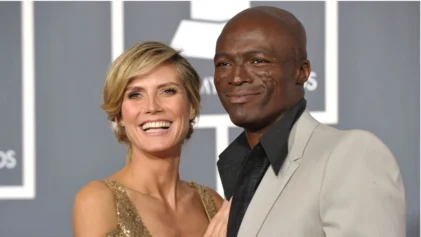A Hollywood tourist attraction is getting a face lift that includes the removal of statues tied to the racist legacy of director D.W. Griffith.
The shopping center at Hollywood Boulevard and Highland Avenue draws throngs of tourists annually, as well as celebrities as they flock to the center for the pomp and circumstance of the Academy Awards. But with new owners at the helm of the center, and a $100 million budget, things are starting to look a bit different.
“This is a real opportunity to move away from the clichés of Hollywood, red velvet ropes and big studios,” Chad Cress, chief creative officer for co-owner DJM, said to The Los Angeles Times.

The center opened in 2001 and is located next to TCL Chinese Theatre, where hand, foot and signature enshrinements of Hollywood’s biggest stars can be found. “The Hollywood of the future really needs to stand for something that is more inclusive of what our culture looks like today. We want to celebrate the fact that we are all creatives,” Cress added.
On July 29 crews began the removal of two elephant statues — which by all appearances seem innocuous, but their ties to Griffith’s film “Intolerance” make them problematic. The 1916 silent film follows a story arc through “the human race’s propensity for intolerance through the ages.” Movie critics, however, believed the film to be an apologia following Griffith’s 1915 film “Birth of a Nation” — an adaptation of the 1905 Thomas Dixon Jr. novel “The Clansman” — which was heavily criticized for glorifying the Ku Klux Klan.
While the elephants, themselves a tribute to the Babylonian themes in “Intolerance,” were intended to be nod to old Hollywood, there is no denying the implications of racism associated with Griffith. Reviews of Griffith’s earlier film were varied, with some praising his talents, while others condemned the overt racism.
Film critic Andrew Sarris once wrote, “Classic or not, ‘Birth of a Nation’ has long been one of the embarrassments of film scholarship. It can’t be ignored … and yet it was regarded as outrageously racist even at a time when racism was hardly a household word.” In response to the film, the NAACP called for multiple scenes to be censored due to the odious depictions of African-Americans, along with an all out ban of continued showings. Despite its use of blackface villains, the film remains celebrated for its cinematography.
Other less controversial changes to the center include the additions of more retailers, new art fixtures, and an expanded outdoor area.
“People show up from all over the world, and in the past it’s been a bit disappointing. We want to create a place that represents what they had in their head,” said Cress.


